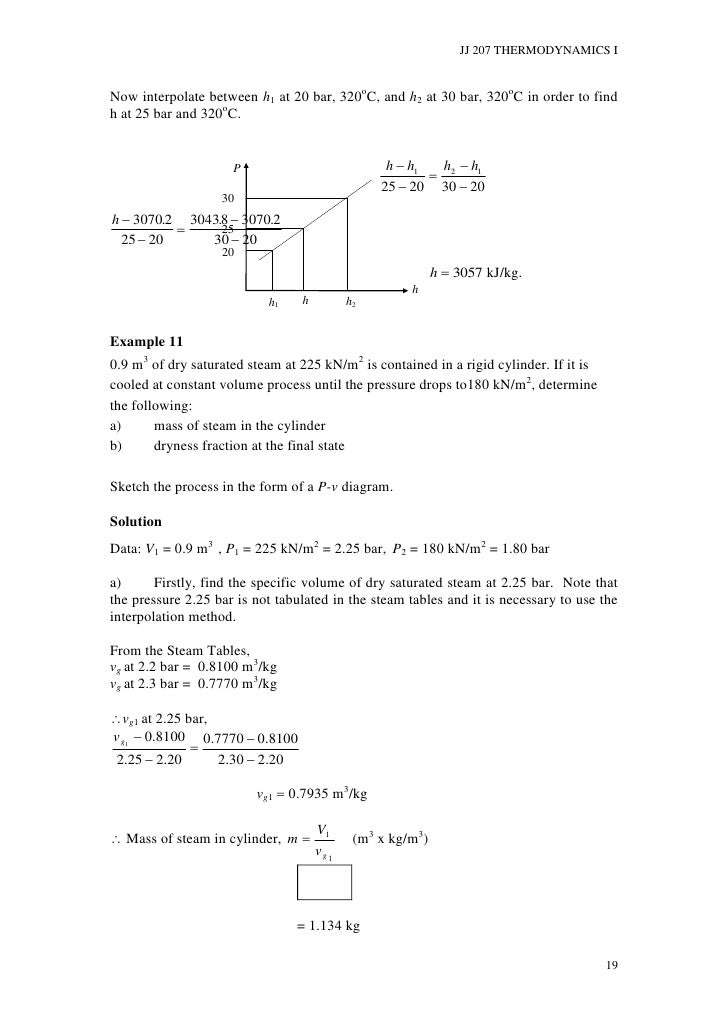

Letting 'x' equal the final temperature, we have this: The most common value found in a search is 2.44 J g¯ 1 ☌¯ 1, so that is what we will use. The specific heat value needs to be looked up on the Internet. I will use this value and round off at the end of the calculation. Two things must be done first: (1) determine how many grams of ethanol are present and (2) determine the specific heat for ethanol.ĥ5.0 mL times the density (0.789 g/mL) gives the mass of ethanol present. Assuming no heat is lost, what is the final temperature of the mixture? Problem #3: 55.0 mL of ethanol (d = 0.789 g/mL) at 8.0 ☌ is mixed with 55.0 mL of water at 28.2 ☌. The zero is to the left, the 60.0 to the right and the x is in between the 0 and the 60.0. This time, visualize (or write out) the number line used above. If I had used 6.02, then that middle part woud have been in units of kJ. I used 6020 so that all three parts would be in Joules.

That is because the other two parts of the left-hand side of the equation will give Joules as their answer. Notice I used 6020 J rather than 6.02 kJ for the molar heat of fusion. Heat to warm ice 10 degrees + heat to melt ice + heat to warm cold water by unknown amount = heat lost by the warm water Keeping in mind that the heat lost by the warmer must equal the heat gained by the colder (q lost = q gain), we have this: The warmer water must provide all the energy for this to happen. The "cold water" in this case is going to do three things:Ĭ) as a liquid, the temperature goes up some unknown amount This is like problem 8e and several following in Worksheet #2. Problem #2: Determine the final temperature when 18.0 g of ice at −10.0 ☌ mixes with 275.0 grams of water at 60.0 ☌.

Make sure you check with your teacher as to the values of the various constants that he/she wishes for you to use. Doing it with 4.184 gives slightly different numbers. Keep in mind that 'x' was identified with the final temperature, NOT the Δt.Īlso, I did this problem with 4.18. Notice I used 40700 J rather than 40.7 kJ for the molar heat of vaporization. The total energy lost by both will equal the heat energy gained by the cooler water. Please note again that there are TWO sources of heat energy (steam condensing, then the warm water cooling down). Heat lost to cooler water by condensing steam + heat used to warm cooler water = heat gained by the cooler water Keeping in mind that the heat lost by the warmer must equal the heat gained by the colder, we have this: The colder water will receive all the energy for this to happen. The "warm water" in this case is going to do two things:Ī) as a gas, condense at 100.0 ☌ to liquid waterī) as a liquid, the temperature goes down some unknown amount The ONLY differences are the numbers used and the fact that ice is associated with "cold water" side of the equation. The sample problem has steam and the worksheet problem have ice. This problem is like 9 and 10 in Worksheet #2 with one difference. Problem #1: Determine the final temperature when 10.0 g of steam at 100.0 ☌ mixes with 500.0 grams of water at 25.0 ☌. The Final Temp after Mixing Two Amounts of Water: Problems 1 - 10 When Two Samples of Water are Mixed, what Final Temperature Results?


 0 kommentar(er)
0 kommentar(er)
